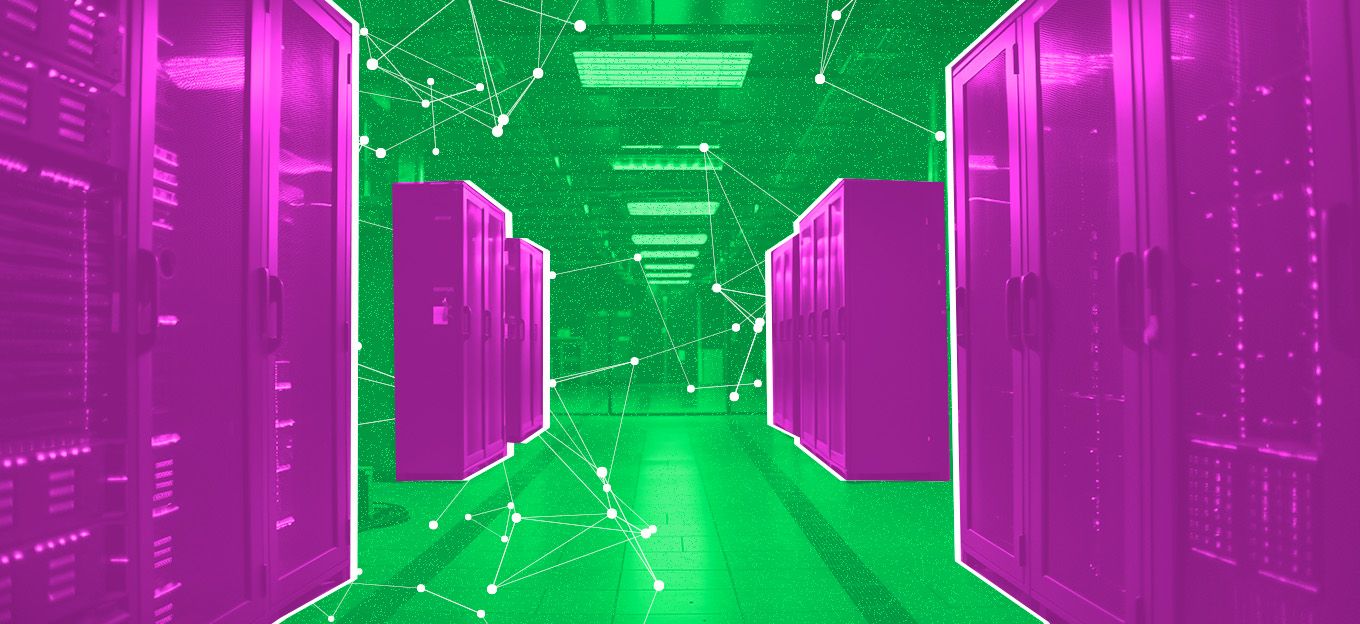Challenges and Opportunities of Building IIoT Systems
Challenges and Opportunities of Building IIoT Systems
- Last Updated: December 2, 2024
Westgate Technology Corporation
- Last Updated: December 2, 2024



Industrial IoT (IIoT) is where IoT technology is most often first developed and implemented. However, there is still a lot of reluctance to adopt IIoT tools in the industry, often because of concerns about the cost for IIoT systems implementation, deployment, and maintenance.
To address that concern, we want to offer some tips for cost-effective IIoT implementation and tools and some key outcomes and advantages that can offset any costs and even lead to new profit centers.
Low-Cost IIoT Implementation
There are lots of ways to get started in IIoT without spending a lot of money upfront. Many companies begin by designing and running a pilot program, either independently or with the help of a partner. Industrial developer boards can run such test cases and often cost less than $200. It would often make sense to add in a monitoring dashboard and other online resources, but they are also quite inexpensive to run for a test case. To that setup, you can add various sensors, depending on what makes the most sense for your industrial environment. The sensors can vary widely in cost, depending on what they do, from pennies apiece to upwards of hundreds per sensor.
If all of that seems like too much DIY for your capacity or comfort level, Plug and Play Systems are available from dozens of systems integrator partners and can vary from $600 or more. With wireless sensors that can be set up for under $100, even small enterprises should find the resources to test IIoT solutions.
Cost Savings
But why should you? Even if the price to test is low, there are still costs. And implementation and scaling costs will naturally be higher. So, why bother? Enter the first reason to move ahead: cost savings.
IIoT is where IoT technology is often developed, but there is still a lot of reluctance because of concerns about the cost of IIoT systems.
IIoT systems allow you to measure your manufacturing, supply chain, and warehousing operations in a more granular and specific way than ever before. And in most cases, this monitoring can happen on a simple tablet or smartphone. That monitoring leads to cost savings in a variety of areas.
The first benefit most IIoT users see is energy savings. The industry needs energy, and those costs can make or break an operation. Through IIoT sensors and monitoring dashboards, you can see where power is being wasted and adjust for more efficient use. Lighting is commonplace for savings, where some companies report as much as 60 to 70 percent savings; HVAC is another place where companies report big savings, sometimes seeing as much as a 30 percent reduction.
The second big savings can be found in avoiding downtime. As every industrial company knows, downtime is the biggest fear and most expensive common critical failure. IIoT solutions can drastically reduce, if not eliminate, unexpected downtime through predictive maintenance rather than scheduled maintenance or failure/repair cycles. A study from ServiceMax found that 70 percent of companies aren’t sure when their production machines require maintenance or upgrades, which leads to more than 80 percent of reporting companies experiencing unplanned downtime within the previous 3 years. And that cost a median of $2 million. Now, that’s expensive.
New Opportunities
More than saving money and eliminating overhead costs, IIoT can also lead to new profit centers and business opportunities.
According to Accenture, IoT is on the road to creating $15 trillion of global GDP value by 2030. A large part of that momentum within the IIoT is coming through AI and automation, and machine learning. All of this predicted growth and innovation is leading to ever-increasing funding dollars heading into IIoT economies.
One way to leverage AI and machine learning in IIoT systems for unexpected outcomes is by building and deploying a digital twin. Digital twins can experiment with new executions and process complex simulations, all with little to no risk, but use the intelligence of past performance to give good results and predict future behavior.
Predicting the future with a digital twin and AI IIoT system can lead to new profit centers, reduced failures, and increased production efficiency. They can aid in the design of new products and processes, train employees and improve safety -- all of which mean wider margins for the enterprise.
In short, it’s critical to begin looking into IIoT systems integration before you get left behind the Industrial Digital Transformation.
The Most Comprehensive IoT Newsletter for Enterprises
Showcasing the highest-quality content, resources, news, and insights from the world of the Internet of Things. Subscribe to remain informed and up-to-date.
New Podcast Episode

Moving Past the Pilot Phase in IoT and AI
Related Articles





